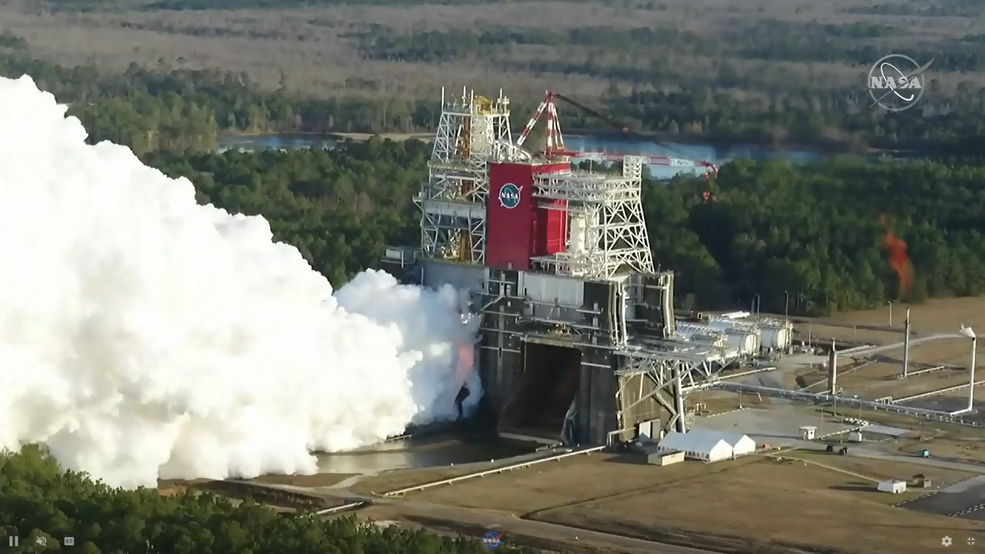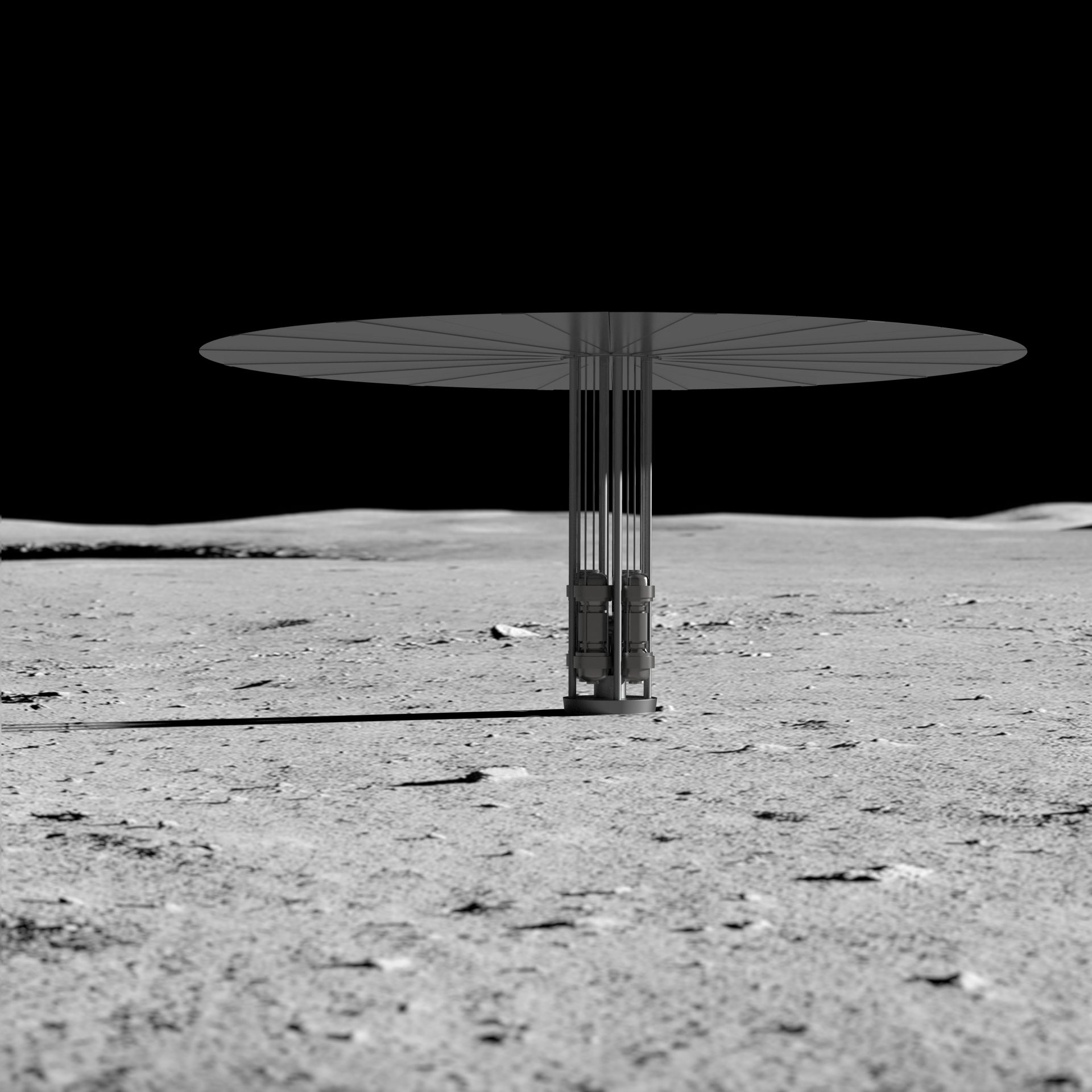BWXT to demonstrate TRISO fuel line operations under contract extension
BWX Technologies announced on January 24 that it has been awarded a $4.9 million contract amendment to produce TRISO fuel particles using natural uranium and to demonstrate performance under a defined production schedule. BWXT’s Nuclear Operations Group will perform the work at BWXT’s Lynchburg, Va., facility, where TRISO production was restarted in November 2020. The contract amendment was awarded by Battelle Energy Alliance, which manages Idaho National Laboratory on behalf of the Department of Energy.





